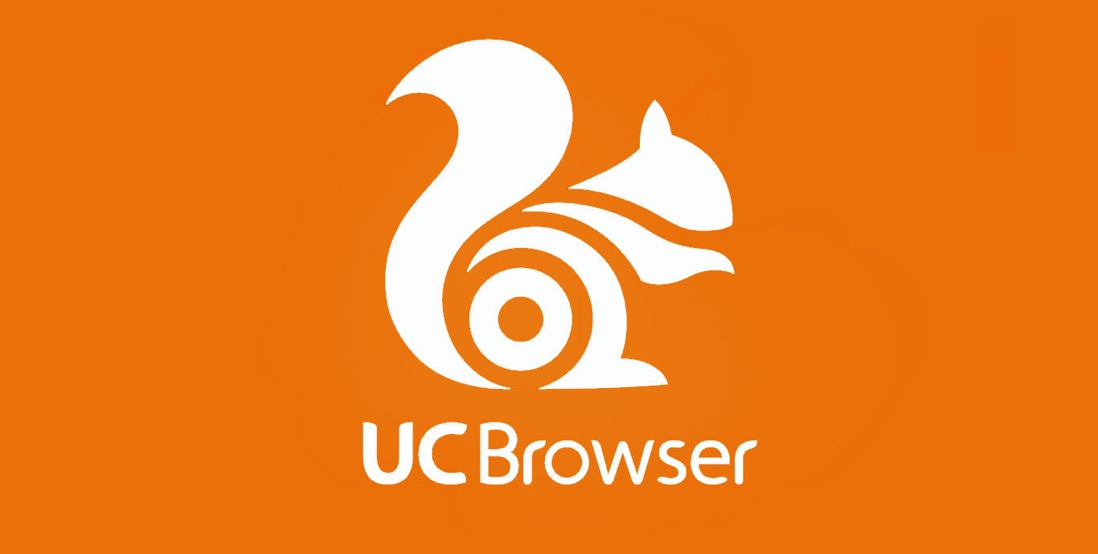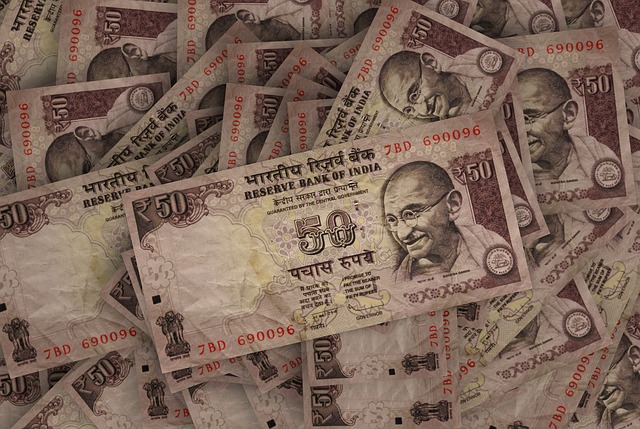
Following my story Tuesday about Google, India, and the future of the web, I wanted to share the text of some tweets, slightly edited for presentation here, that I posted after Google’s launch event.
These are some stats Google revealed at the gathering, along with a obvservaiton of two of mine:
–…India now has 400 million internet users, most accessing the web via their smartphones, Google says.
— Still, some 900 million Indians aren’t online.
230 million people use the web in local Indian languages today.
170 million are using messaging services, Google says, and 106 million consume online news.
— Some 1 billion apps are downloaded every month from Google’s Play Store, more than any other nation.
28% of search queries in India are done via voice.
Google is seeing 400% growth in Hindi queries year on year.
— On Google’s new India-first mobile payment app, Tez: launched 10 weeks ago, about to pass 12 million active users, Google says. 500,000 merchants are on the platform.
There are “big new features planned, especially for merchants,” in 2018, said Caesar Sengupta, of Google’s Next Billion Users team.
— Re-cap of new stuff: Android Oreo (Go edition), for inexpensive smartphones. Google Go, search app for beginner web users. Files Go, for freeing up space on (again, inexpensive) phones. Google Assistant for JioPhone. Maps feature for motorbike riders. [Note: more details are here.]
— And an incident that illustrates how tough voice search tech can be to get right. An exec was demo-ing how to use Google Assistant to find a restaurant in Delhi.
In live demo, he said: “How do I get there?”
The phone then displayed the text:
“huawei adventure advocate?”
— He and the audience laughed it off, and he tried again, asking for directions, and Google Assistant gave him directions to different location than the restaurant.
UPDATE, December 29: If you’d like to watch the event, you can find it on YouTube here.






